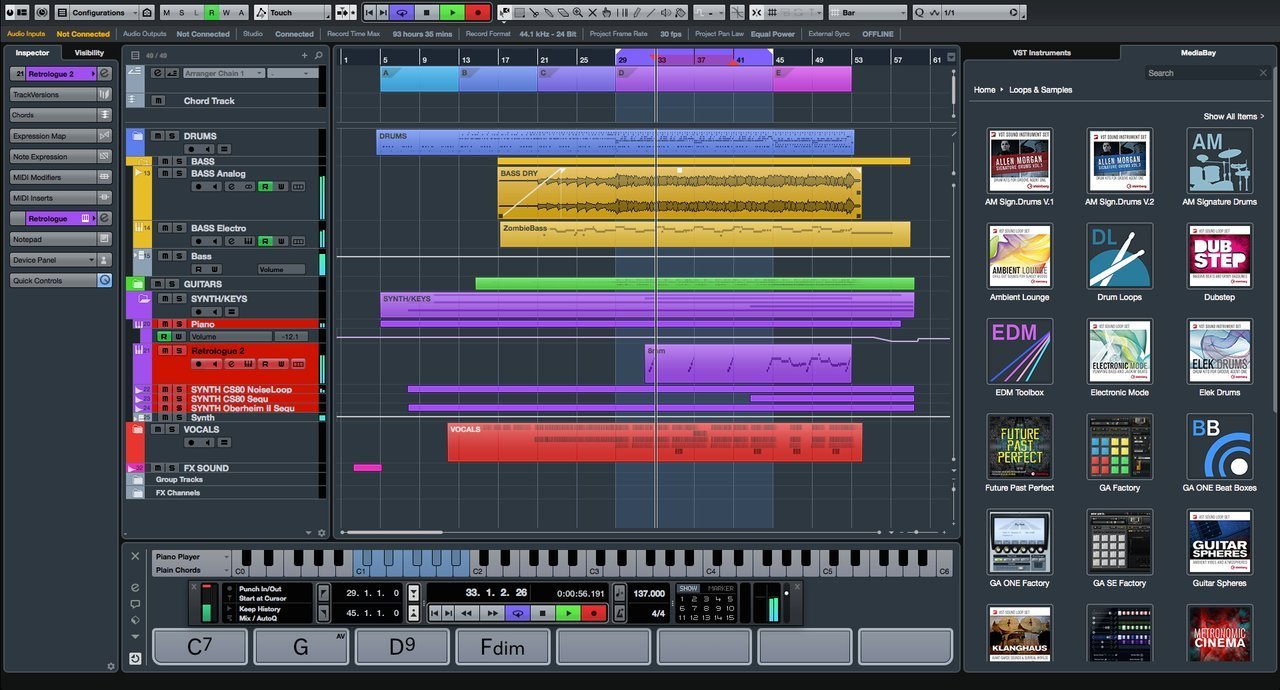
If you want to make things more complex, check out this video from Kermode. But for the sake of this build, we’ll keep things simple. Other dubstep tracks will incorporate even more bass sounds with lots of modulation. I’ll program in two notes just like this:Īs you can hear, the delayed effect gives it a cool metallic texture, making it fit right in with that other bass fill we just added.

We’ll place this sound on the last 2 beats of every third bar. Let’s load up BS Solid Growl from the EDM Starter Kit: This bass sound will provide a bit of surprise and excitement throughout the drop, giving listeners a reason to keep paying attention. As nice as the main bass is, on its own, it will get a little old. Now we can flesh out our drop with a few more sounds. Step #4: Bass Variations & Other Drop Sounds Want to dive more into sound design? Check out our Breakthrough Sound Design course. So whatever you do here, don’t overprocess and ruin your sound.Īfter processing the bass, let’s blend the volume with our drums and move on to the next step. Post-processing, like any aspect of sound design, involves balancing experimentation with intentional decisions. So I wanted to bring it out more with the Width knob, as well as control my low-end by using Bass Mono switch.

Since distortion can add unique characteristics to sounds, I tried a bunch of presets until I stumbled upon something I liked.

Step #9: Mastering for Maximum Loudnessīefore we get into the steps, there are a few key things you need to know about dubstep.įirst, dubstep tends to sit around 140BPM-150BPM and features a half-time drum pattern.Step #8: Cleaning Up – Mixing & Final Polishes.Step #7: The Post-Drop, Second Drop & Outro.Step #6: Arranging A Strong Intro, Build & Drop.Post-Processing – Bring The Sound To Life.Step #2: Programming in Intricate Hats & Percussion.Step #1: How To Make An OG Dubstep Drum Pattern.


 0 kommentar(er)
0 kommentar(er)
